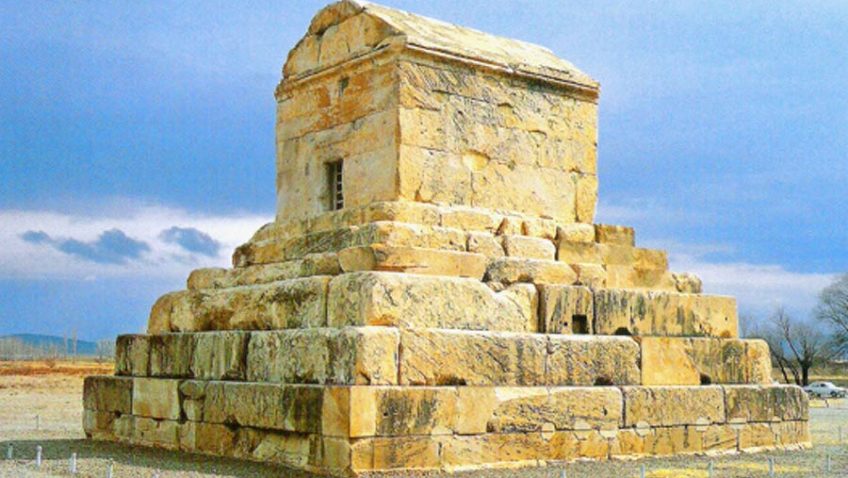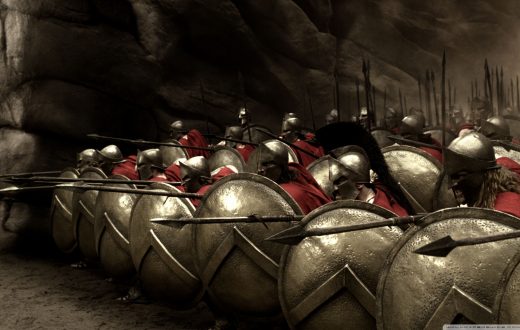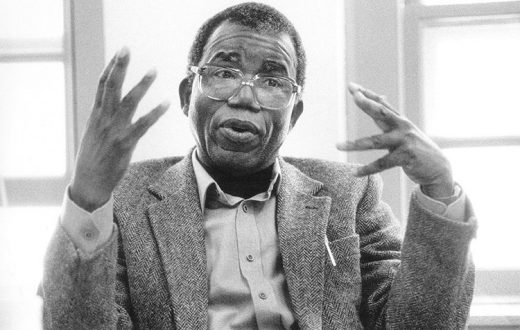Achievements of Cyrus –The Great:
According to the narrator of the documentary (2014), Cyrus –The Great created and maintained an empire not only because of his military strategies but also because of his political sagacity. The narrator also adds that he was an excellent manager of human capital (The Persians: Engineering an Empire, 2014). In this context, Ambler (2001) argues that because of his attractive qualities, Cyrus marched from one victory to another (p. 4). He was a successful ruler on the vast scale (Ambler, 2001, p. 1). While discussing conquests of Cyrus – The Great, Beck, et al. (2009) argue that within a short span of time, he was able to control an empire that covered 2000 miles, from Anatolia in the west to the Indus River on the east. It was possible because of his governing method along with his military genius (p. 99). Crompton (2008) adds that by 546 B.C., Cyrus was at the top of his success. His empire now spanned from Pasargadae to the Greek city-states and most of Turkey (p. 59).
Cyrus – The Great introduced a revolutionary concept in the ancient world. He refused to enslave his new subjects and showed kindness toward his captives. Ambler (2001) argues that in order to identify Cyrus’s subjects, it would be hard not to admire his qualities of generosity, justice, benevolence and clemency. In order to secure stability in his empire, mere obedience would have sufficed but he emerged as a ruler who lived up to the interests and hopes of his subjects (p. 4). Spek (2014) in this context argues that Cyrus- the Great “aimed at winning the subject nations for the Persian Empire by tolerance and clemency (p.233).” Crompton (2008) adds that Cyrus had judged well and shrewdly throughout his military career (p. 85).
Contributions of Cyrus – The Great to the World History:
Cyrus – The Great is famous for his humanist nature, military shrewdness and justice and kindness towards his captives. However, he set some precedents which contributed to the world History.
The Cyrus Cylinder
In 539 B.C., Cyrus captured Babylon (Briant, 2002, p. 34, Crompton, 2014, p.78 & Spek, 2014, p. 235)). Cyrus had the priests or scribes to create the famous Cyrus Cylinder soon after he conquered Babylon (Crompton, 2014, p. 79). Cyrus – The Great did a totally novel thing when he captured the Jews of Babylon. He freed the enslaved Jews who had been living in captivity since their temple and city – Jerusalem was destroyed by Nebuchadnezzar (Engineering an Empire – The Persians, 2014). Prof. Stronach (2014) states, “Cyrus –The Great recognized the local validity of different religions and beliefs and allowed them to persist.” Dorey (2015) argues that sometimes human rights are depicted as a western concept. He calls it a misrepresentation of history and adds that along with setting his captives free, he gave people the right to religion and equal treatment to all ethnicities. These rights were recorded on a cylinder which is considered the first charter of human rights in the world. Dorey (2015) further adds that Cyrus cylinder (charter) has been translated in all six official languages of United Nations and its provisions reflect the first four articles of the Universal Declaration of Human Rights which was adopted almost 2500 years later in 1948.
Arts and Technology:
Cyrus – The Great launched engineering projects in 550 B.C. With his high standards, he was a very innovative builder. He borrowed various technological concepts from areas which he conquered. He took the most advanced and best ideas from different cultures and moulded them into the distinctive technologies of his own. Romans later adopted the same thing. Arts and technology of Pasargadae influenced others thousands of miles away as remote as in Egypt and Anatolia (The Persians: Engineering an Empire, 2014).
Death of Cyrus – The Great:
Cyrus –The Great died in a battle in 530 B.C. before he could launch a military campaign to make Persia a lone superpower of the ancient world. Alizadeh (2014) says that he could not live enough to show the world what he was able to do outside the battlefield. In that sense Cyrus can be compared with Julius Caesar, Alizadeh (2014) adds. Persian Empire had three capitals i.e. Babylon, Susa and Ecbatana at the time of Cyrus’s death. However, he chose to be buried in the city of Pasargadae which he himself built (The Persians: Engineering an Empire, 2014 & Crompton, 2008, p. 16)
Conclusion:
Cyrus, indeed, proved himself to be worthy of being called the great. There was no power on earth that could stand up against Cyrus – The Great for thirty years of his reign from 559 B.C. till his death in 530 B.C. His military tactics, governing methods, respect and tolerance for others’ cultures and religions and the architectural structure of his tomb in Pasargadae which is simple but elegant show his meekness. His achievements in the battlefield and winning hopes and interests of his captives are just a few of his many achievements. His contributions to human rights are still unmatched and the world remembers him for his unprecedented steps for humanity even after almost 2500 years of his death.








